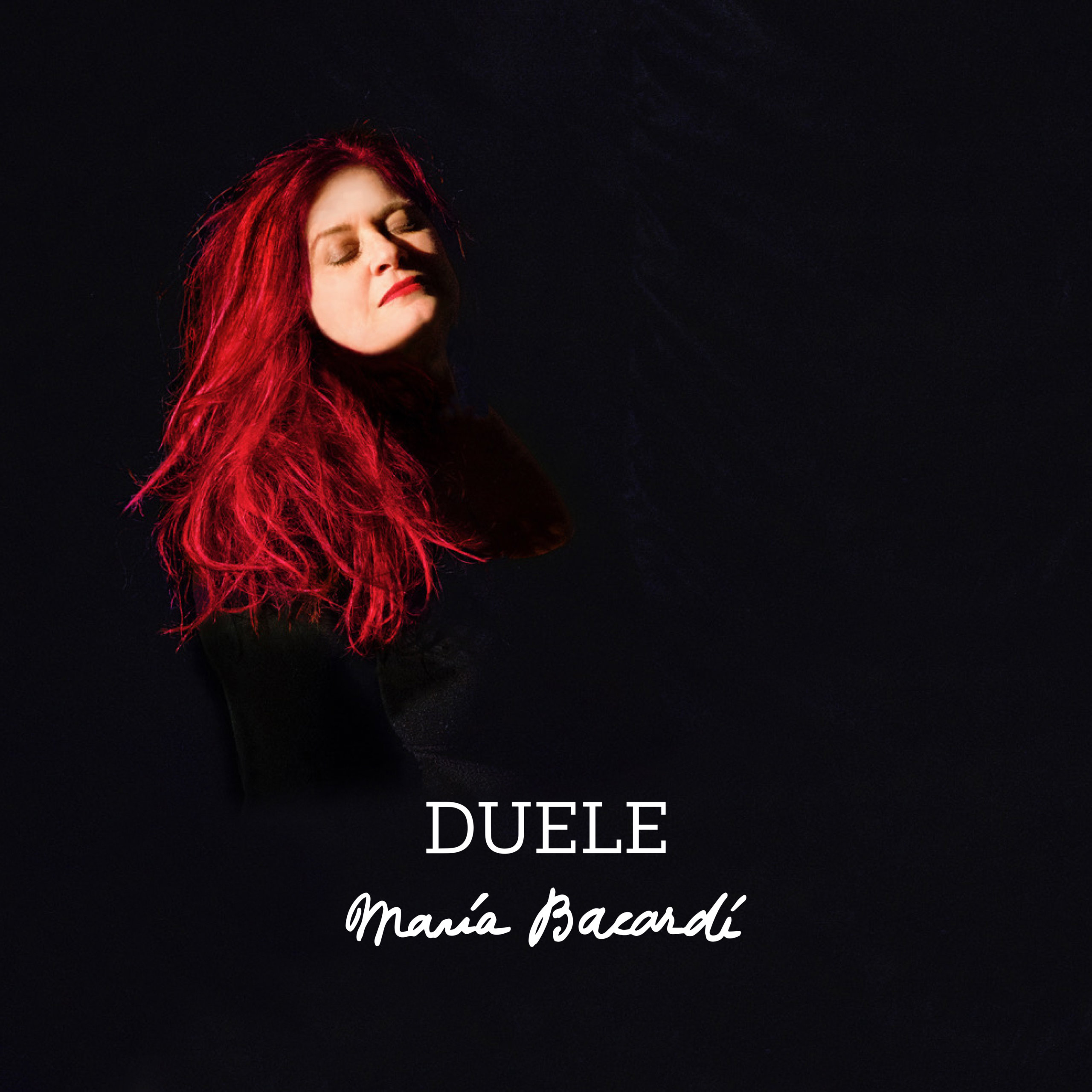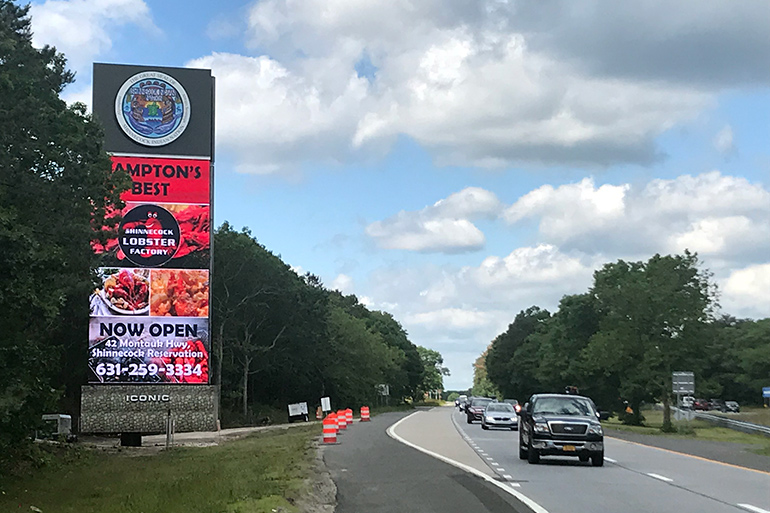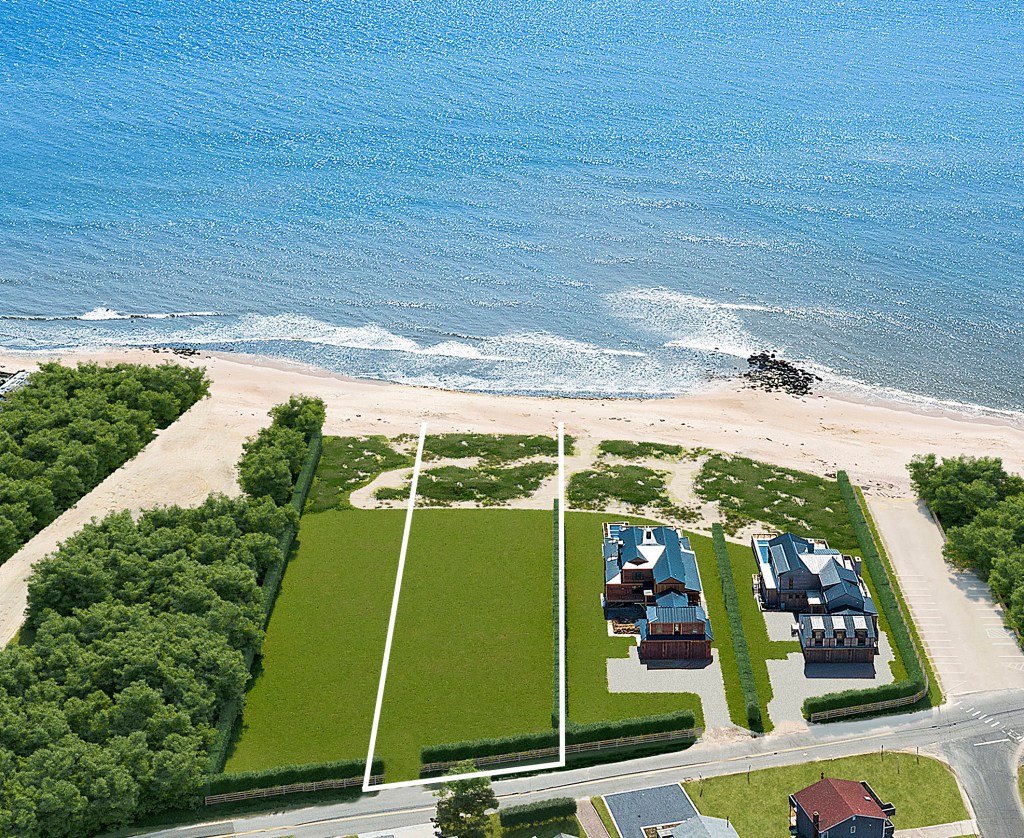Maria Bacardi: Songs Of Her Mother

Artist, actress, poet, and now singer Maria Bacardi only ever lived in her birth country of Cuba for three years, but, as she says, “I am not in Cuba. Cuba is in me.” If anything, Bacardi’s identity with her native land has only intensified over the years, as her ventures into each artistic medium have been inspired by her family’s history and culture.
In 2013, Bacardi released her first album, Deseo, which explored metaphors and tension within the traditional Cuban songs she heard her mother sing while in exile in Spain. Her second album, Duele — a passionate, twinkling, swanky album which she describes as “a fusion of Cuban master composers’ old school tunes and contemporary beats” — will be performed live at Joe’s Pub in New York City on December 17 with a 12-piece band composed of “the best Cuban musicians” of NYC and Havana, and will be launched digitally soon after. In the meantime, samples from Deseo and Duele can be found on Bacardi’s website.
This week, Bacardi spoke to The Independent about her art, her family, and the journey to finding her voice.
Tell me about what your relationship with Cuba is like today.
I was born in Cuba in 1957, three years before the revolution in 1960, when my parents fled into exile. I grew up in Spain, Switzerland, and France, but I felt Cuban all along. Since I was too young to remember Cuba, the trauma of exile was passed along to me by my elders and it has affected me all my life. I have been in Cuba numerous times over the past 20 years, but I have a very ambivalent relation with Cuba — a land of extreme physical, cultural, emotional synergies, and political contradictions.
My family has been a very prominent family in Cuba since the 1850s, as they founded the Bacardi Rum company, and my great grand-uncle was a very important mayor of Santiago de Cuba, supporting the mambises who wanted independence from the crown of Spain. I don’t have any more family left there, but I have made many wonderful Cuban friends. Cubans are wonderful, warm, intelligent, cultured peoples.
In my singing persona, Cuba has had a great influence, since I enjoy and specialize in singing a certain Cuban music style: the Bolero, a romantic ballad, which is supposed to be danced by the couple on a square tile, very close. The Bolero started in the end of the 1800s and evolved until the revolution in the early 1960s, when it was banned for being a bourgeois and anecdotal form of music.
And the Hamptons? Do you feel artistically connected to the East End?
I have lived in the Hamptons for the past 30 years, while coming on weekends for 10 years before that. I loved the sleepy village quality of our town, and I miss that tremendously. My two sons were born in Southampton Hospital and grew up in Amagansett, and my stepchildren as well.
When I moved from the city to marry the town veterinarian, I was afraid I would feel culturally isolated, so I started a theater group at Oddfellows Hall (where Eileen Fisher is now) called The Oddfellows Players. We did lots of site-specific performances at benefits, galleries, Guild Hall . . . All the theater pieces were written, choreographed, styled by many of the area artists of all ages and sizes, and the actors’ director and artistic project director was me. We had a great success of esteem, but not financial.
You say on your website you only embarked on the path of song in 2013?
Yes, not intentionally. When my mother had a tracheotomy and lost her voice, I began to sing the songs she sang throughout my childhood. My mother was in deep grief until she died, pining incessantly for the Cuba she had grown up in.
She used to sing with her guitar, every week, to a group of exiled Cubans who would find refuge in our home. They sang, cried, sobbed for their loss, and drank rum, and played the records my mother had smuggled away in her blue trunks in 1960, each with an instrument they had managed to smuggle out.
Is that what inspired you to start singing when you did?
Well, I knew my youngest son, Liam, would be going to college, and I prepared myself to cope with the major empty-nest feeling I knew I would have. So, I began studying singing as a way to continue expressing my art in more urban areas, such as New York City, where the Cuban musicians reside. Now, with a big empty home, I tend to feel bit isolated in our beautiful Hamptons, where I still spend a lot of time with my beloved four old doggies.
How did you come to create your albums Deseo and Duele? And when you started on Deseo, did you have an inkling that Duele would follow?
Well, I have the enormous luck to have the best and finest maestros of Bolero that are left on the planet: the duo Carlos y Marta, from Miami, and David Oquendo, in New Jersey. They three are true encyclopedias of a musical art that has almost been lost. I also have the most fantastic band members, who cushion and trampoline my voice into the compositions of the geniuses of Bolero of the 20th Century.
My second album, Duele (It Hurts), came about by chance when I met a wonderful young Cuban producer and hip-hop artist, Edgaro Gonzalez, productor-n-jefe, who came from Cuba to the States on a grant to Berklee College of Music. Leaving Cuba for young Cubans is very difficult, you have to be very talented and get grants, and he was very interested in the genre of Bolero. We hit it off immediately, perfect synergy, and together with David Oquendo, maestro in traditional Cuban music, we created Duele.
This innovation — using the old master composers’ songs and melodies and fusing them with modern grooves and samples — has never been done, and I am very excited about how it is sounding. We call it the “Neo-Bolero,” this musical fusion of Cuban and North American musical genres. So Duele is a musical piece of art, lovingly created, and dedicated to the Cuban union and collaboration between Cuban musicians in Havana and in New York, and the rest of the world. The new Cuban is a citizen of the world.
Who have been your biggest artistic inspirations, musical and otherwise?
So many. Too many to list! But so many singers, composers, filmmakers, writers, painters, philosophers are a constant source of inspiration for any art that I profess, because each one of these creative beings has helped me build the tiny facets of the imperfect whole that I am.
What is the intended audience for your music?
Deseo and Duele are both lounge music and dancing music, as well as for listening to, like you would hear in a cabaret in days past. I want young people of all sorts to groove with the music. But also, older ones, who remember these compositions from their youth.
You’ve explored so many artistic realms already, but are there any others you haven’t yet explored that call to you?
I have never yet written songs nor composed my own music. I don’t know if I have talent for that, but it would be very neat if I did!
Also, when I was a very small child, I fervently and seriously wished to become a professional ballet dancer. I am a good dancer. But my mother, a hobbyist dancer, told me flat-out that I was “too skinny and tall to be a prima ballerina,” and that to be in the chorus was not worth it. So, she figuratively cut my feet off.
The rigor and discipline of a proper ballet school would have been very good for me and kept me out of a lot of adolescent dangerous trouble. I definitely could have been a contender. I would have been a good contemporary or modern dancer. Well, I ended up on stage anyway.
What are you working on now?
I am hoping to find the right American pianist to accompany me in my translations in French of the American standards of Cole Porter, Gershwin, and other geniuses of the Great American Songbook.
With such a beautiful voice, why had you never attempted music before 2013?
Thank you for your compliment, but I don’t know. I was busy doing other kinds of art: art boxes, theater and performance pieces, diapering my kids — I feel that everything I do is art.
More information about Bacardi and her various forms of art, along with her music and upcoming performances, can be found at www.mariabacardi.com.



